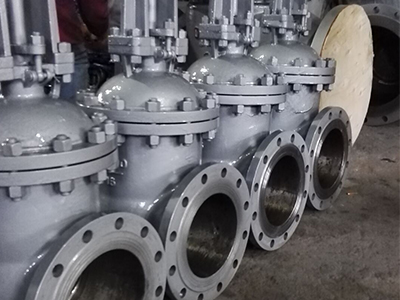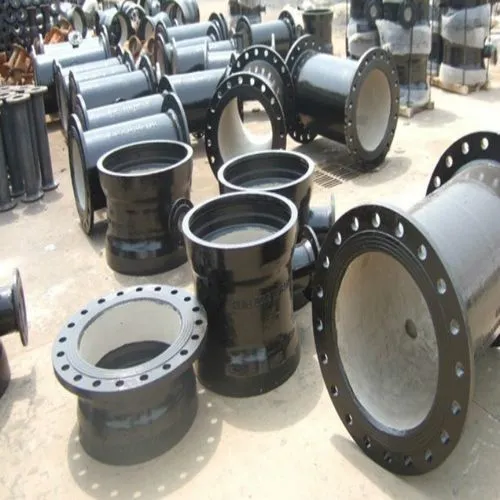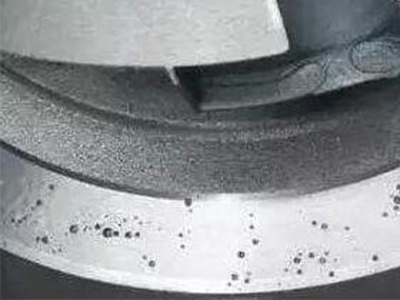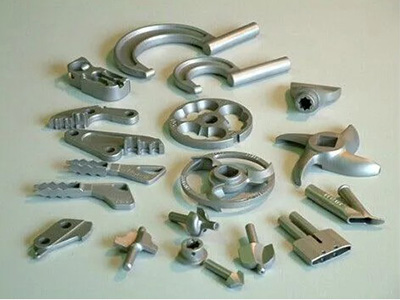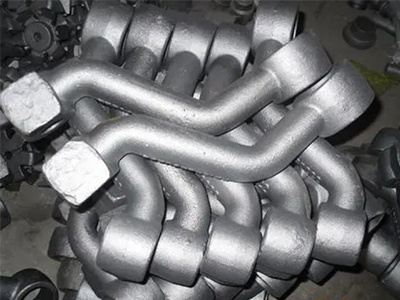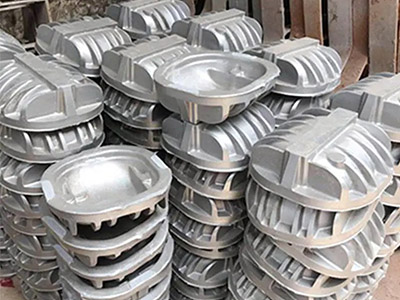- Processing process of stainless steel precision casting
- What are the processing steps of stainless steel precision casting?
- Pore diameter and wall thickness of precision casting processing
- The role of Heat Resistance in Steel Castings
- What is the equipment for the basic process of stainless steel precision casting?
- What is the difference between casting and forging
- How to adjust the furnace fire cast by stainless steel?
- What is the heat treatment process of precision casting?
- Application fields and products of iron castings
- The smelting technology of stainless steel casting process
- Call : +86 13390692151
- sale@kfqizhongji.com
-
Room 1, No. 21, Chaoying East Road, Zhoushi,
Kunshan City, Jiangsu Province, China
Casting defect examination
In order to ensure the quality of castings, different inspection methods should be adopted according to different uses and requirements of castings to detect unacceptable defects in time.
The following methods are commonly used in defect inspection.
Appearance inspection: the appearance inspection of visible parts of castings, often carried out by visual method.
For the inspection of surface roughness, the sample block should be visually observed under appropriate light conditions, the surface condition should be identified by feeling, the casting size data should be obtained with the help of measuring tools, and the defect rate of casting accuracy should be determined by statistical method.
The visual method is not limited to external inspection, but also can be used to inspect the fracture.
Human organs are not only widely used for inspection by the eyes, but also by olfactory and auditory quality inspection according to the characteristics of certain castings.
For example, the odor of the new fracture of ball-milled cast iron and the degree of vibration lag after percussion can assist the inspector to judge the degree of spheroidizing defects.
